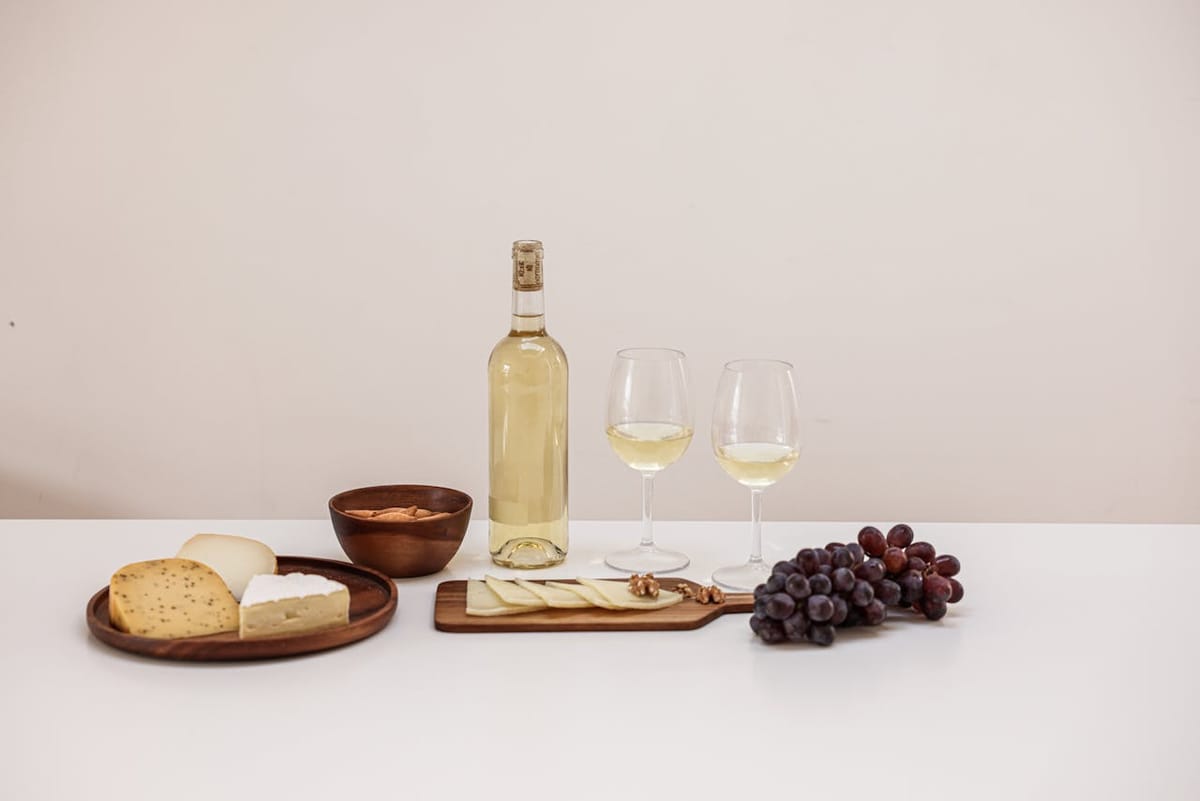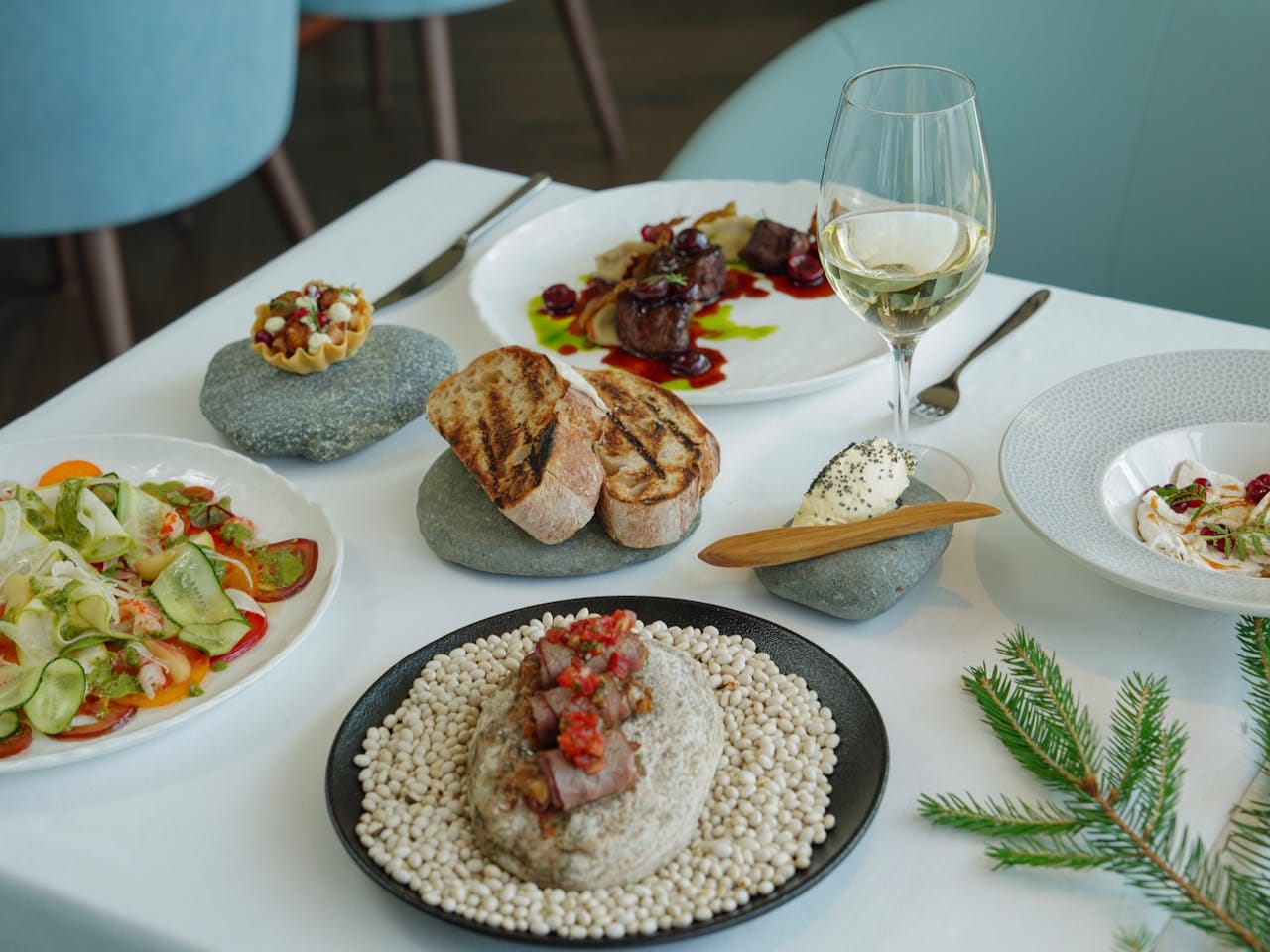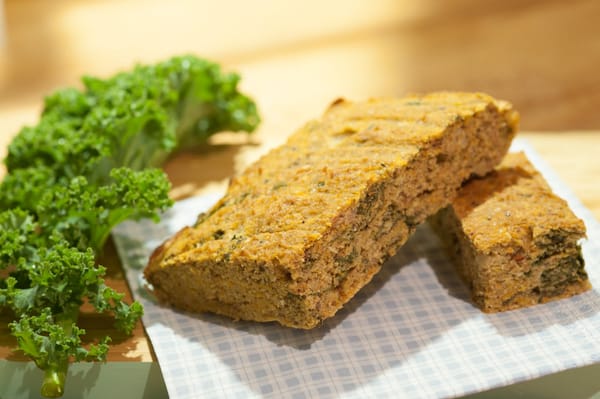The Ultimate Guide to Food and Wine Pairing: Expert Tips, Classic Matches, and Flavor Harmony
Master the art of food and wine pairing with this expert guide. Discover 10 classic pairings, tips for flavor harmony, and strategies to elevate every meal perfect for beginners and wine lovers alike

Introduction to Food and Wine Pairing
Food and wine pairing is an age-old tradition that elevates a meal from ordinary to extraordinary. Whether you're planning a romantic dinner, hosting a dinner party, or simply enjoying a weeknight meal, the right pairing of wine with food can enhance the flavors of both and create a truly memorable experience. This guide simplifies the complex world of wine pairing so you can approach it with confidence, even if you're just getting started.

The Science Behind Food and Wine Pairing
Taste Components: Sweet, Sour, Bitter, Umami, Salty
Every dish and every wine contains taste components that affect the overall flavor profile. When pairing food and wine, understanding these components is crucial:
- Sweetness: Found in desserts and some wines, sweetness can be enhanced or muted based on the pairing.
- Acidity: Present in citrus fruits and wines like Sauvignon Blanc, acidity adds brightness and freshness.
- Bitterness: Common in vegetables and tannic wines like Cabernet Sauvignon.
- Umami: A savory taste found in mushrooms, soy sauce, and aged cheeses.
- Saltiness: Found in cured meats, seafood, and cheeses.
How Wine Elements Interact with Food
Wine contains acidity, sweetness, alcohol, tannins, and flavor compounds that react with food in different ways:
- Acidity in wine balances rich or fatty foods.
- Tannins soften when paired with protein-heavy dishes.
- Alcohol amplifies spicy heat.
- Sweet wines counterbalance spicy or salty foods.
Key Principles of Successful Wine Pairing
Match the Intensity of Food and Wine
The flavors of both food and wine should complement rather than overpower each other. A delicate Pinot Grigio will get lost next to a heavy steak, while a robust Shiraz can dominate a simple salad. Match bold wines with bold foods and lighter wines with lighter dishes.
Balance Acidity in Both Components
A wine should be more acidic than the food it accompanies. For example, a tart Sauvignon Blanc can cut through the richness of a creamy goat cheese salad or a vinaigrette-dressed dish.
Understanding Sweetness and Spice
Spicy foods work best with off-dry or sweet wines like Riesling. Dry wines with high alcohol can intensify the spice, making the dish feel hotter. Sweet wines help cool it down and bring out the complex flavors.
Tannins, Fats, and Texture: A Tasty Equation
Tannic wines (like Cabernet Sauvignon) find harmony with fatty dishes. The fat softens the tannins, while the tannins cut through the richness of meats and creamy sauces.

Classic Food and Wine Pairing Examples
Red Wine Pairings
Cabernet Sauvignon with Steak
A rich, tannic wine like Cabernet Sauvignon is a natural match for a juicy steak. The fat in the meat mellows the tannins, creating a smooth and satisfying combination.
Pinot Noir with Earthy Flavors
Pinot Noir's delicate and earthy profile pairs beautifully with mushrooms, truffles, and dishes like roast duck or herb-roasted chicken.
White Wine Pairings
Chardonnay with Creamy Dishes
A buttery Chardonnay complements creamy pasta sauces and rich dishes like lobster mac and cheese or chicken Alfredo.
Sauvignon Blanc with Herbs and Greens
With its bright acidity and herbal notes, Sauvignon Blanc pairs wonderfully with salads, goat cheese, and herb-marinated seafood.
Rosé, Sparkling, and Sweet Wines
Rosé with charcuterie
Rosé's balance of acidity and fruit makes it perfect for charcuterie boards, balancing fatty meats and soft cheeses.
Sparkling Wine with Fried Foods
The bubbles in sparkling wine like Champagne cut through the grease and saltiness of fried foods, making them feel lighter and more refined.
Riesling with Spicy or Sweet Dishes
Riesling's sweetness complements spicy Thai or Indian cuisine and is also an excellent choice for fruit-based desserts.
Complementary vs. Congruent Pairing Strategies
What is Complementary Pairing?
Complementary pairing matches opposing elements. A zesty wine can balance out a creamy dish. For instance, Sauvignon Blanc with creamy goat cheese creates a bright and smooth combination.
What is Congruent Pairing?
Congruent pairings involve similar flavor profiles that amplify each other. A rich Chardonnay with a buttery lobster dish enhances the creamy, savory flavors.
When to Use Each Method
- Use complementary pairings when you want balance.
- Use congruent pairings when you want to enhance a flavor theme.
Creative Wine Pairing Tips for Adventurous Eaters
Pairing with Sauces vs. Proteins
Don't always match wine with the main protein. A lemon-butter sauce on chicken might pair better with a crisp white than a red wine. Always consider the dominant flavors.
Breaking the Rules: Unconventional Success Stories
Try a chilled red wine like Gamay with grilled salmon, or sparkling wine with fried chicken. These non-traditional matches can surprise your palate in the best ways.
Considering Texture, Temperature, and Mouthfeel
Texture plays a big role. Creamy dishes benefit from wines with good acidity, while crispy or fried dishes pair well with effervescent wines. The temperature of the wine also matters—slightly chilled reds can feel fresher with certain foods.

FAQs About Food and Wine Pairing
- What are some unique food and wine pairings for beginners?
Try sparkling wine with fried chicken, or a chilled Gamay with roasted trout. These unexpected combos are easy and delicious. - How do I choose wine based on a dish's sauce or seasoning?
Focus on the dominant flavor. A creamy sauce pairs with Chardonnay, while spicy sauces need sweet or off-dry wines like Riesling. - What's the best wine for spicy or sweet dishes?
Riesling, Gewürztraminer, or Moscato are excellent choices due to their natural sweetness and low alcohol. - How do I pair wine with cheese effectively?
Soft cheeses go well with white or sparkling wines; hard cheeses like cheddar suit red wines. Match intensity and texture. - Should I chill red wines for certain foods?
Yes! Light-bodied reds like Pinot Noir or Gamay taste great slightly chilled, especially with grilled or spicy foods. - Can I pair the same wine with both meat and vegetables?
Absolutely. Versatile wines like Pinot Noir or Rosé can work with a variety of ingredients on the plate.
Conclusion: Mastering the Art of Wine and Food Harmony
Food and wine pairing doesn't have to be intimidating. With a few basic principles and a spirit of curiosity, anyone can master the art of matching food and wine. Remember to consider flavor intensity, texture, and dominant ingredients. Whether you prefer classic combinations or enjoy experimenting with creative pairings, the most important rule is simple: drink what you enjoy.
Cheers to more flavorful meals and unforgettable wine pairings!




